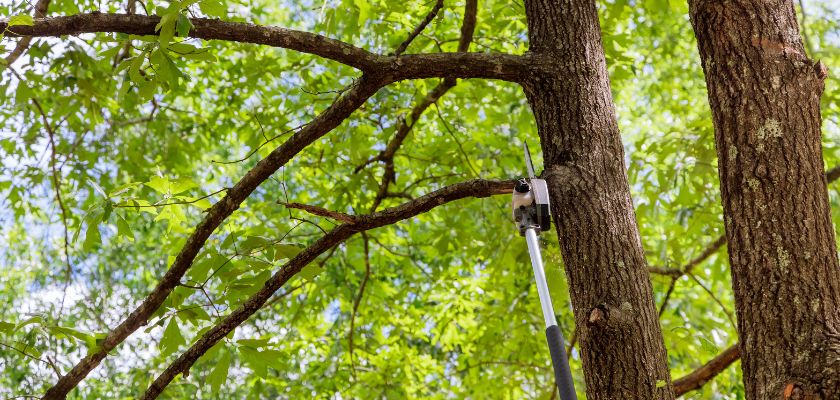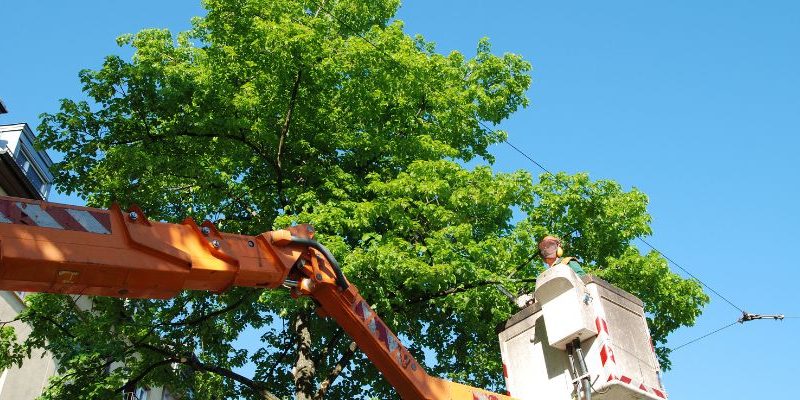At Timber Kings Tree Service, we recognize the importance of maintaining your trees’ health and beauty throughout the year. Seasonal tree trimming is not just about aesthetic appeal; it’s a critical component in ensuring the longevity and safety of your trees. Here, we delve into the best practices for tree care during each season, focusing on how tree trimming services in Valrico, FL, can help preserve your landscape’s integrity and beauty.
Table Of Content
Spring: The Season of Growth

Assessing Winter Damage
Spring is the ideal time to assess any damage your trees might have sustained during the winter. Broken or damaged branches can become more evident as the trees begin to bud and bloom. Addressing these issues early can prevent diseases and pests from entering the tree wounds.
Stimulating Healthy Growth
Spring pruning is vital for promoting healthy new growth. Removing dead or diseased branches encourages trees to develop a robust structure. This is also the time to shape young trees, guiding their growth pattern for aesthetic and structural integrity.
Preparing for Pest and Disease Prevention
As the weather warms, pests and diseases start to become more active. By trimming away any compromised branches, you reduce the chances of infestations and infections. Regular monitoring and maintenance by professionals can catch these issues before they escalate.
Summer: Managing Stress and Enhancing Vigor

Addressing the Impact of Neglecting Tree Trimming and Pruning
Neglecting tree care during the summer can lead to overgrowth, which stresses trees as they compete for light and air. This can weaken trees, making them more susceptible to disease and storm damage. Effective summer pruning helps maintain balance and vitality.
Promoting Fruit Production
For fruit-bearing trees, summer trimming is crucial. It improves sunlight penetration and air circulation, enhancing fruit quality and quantity. Strategic cuts also help distribute energy more evenly throughout the tree, promoting a healthier crop.
Preparing for Hurricane Season
In regions prone to summer storms, preparing your trees to withstand high winds is crucial. Removing weak branches and thinning the canopy can reduce wind resistance, lowering the risk of storm damage.
Fall: Preparing for Dormancy

Removing Dead or Weak Limbs
As trees prepare to enter dormancy, it’s important to remove limbs that are dead, diseased, or damaged. This not only cleans up the tree’s appearance but also prevents heavy snows from breaking branches, which can cause injuries or property damage.
Supporting Young Tree Development
Fall is a good time for corrective pruning, especially for young trees. This supports the development of a strong tree structure and optimal tree form, preparing them for healthy growth in the following spring.
Mulching and Hydration
After pruning, applying a layer of mulch around the tree base helps retain soil moisture and provides nutrients for the winter months. Ensuring trees are properly hydrated before they go dormant is also crucial.
Final Wording
Maintaining trees is a year-round commitment that ensures their health, safety, and beauty. At Timber Kings Tree Service, we provide expert tree trimming services in Valrico, FL, tailored to the unique needs of each season. By understanding and implementing these seasonal trimming tips, you can protect your trees from the impact of neglecting tree trimming and pruning, enhancing your property’s overall landscape. Remember, each cut has the potential to change the way a tree grows, so it’s important to handle tree care with knowledge and precision. Let us help you keep your trees strong, healthy, and beautiful throughout the year.
FAQ’s
Seasonal tree trimming is crucial for maintaining tree health and vitality. It helps prevent diseases and pests, ensures proper growth, and reduces the risk of branch breakage, which can cause property damage or injury. Trimming at the right time of the year supports the natural cycle of trees, promoting vigorous growth and bloom.
The ideal time for pruning depends on the tree species and the goal of trimming. Generally, late winter or early spring before new growth starts is optimal for most trees as it allows for quick healing. Summer pruning is good for correcting growth defects and enhancing fruit production, while fall pruning should be minimal as cuts heal slower during this time.
Summer pruning should be done cautiously. Removing too many leaves can reduce the tree’s ability to photosynthesize and store energy for growth. However, selective pruning to remove dead or diseased branches or to thin the crown to reduce wind resistance is beneficial and can be performed safely.
In the fall, it is important to avoid heavy pruning as this can stimulate new growth that might not withstand the winter. Focus on removing dead or diseased wood and any branches that could break under the weight of snow or ice.
Winter pruning is beneficial because the tree is dormant, reducing the risk of pest problems and allowing the tree to respond better in the spring. It’s also easier to see the structure of the tree without leaves, which helps in making more precise cuts.







